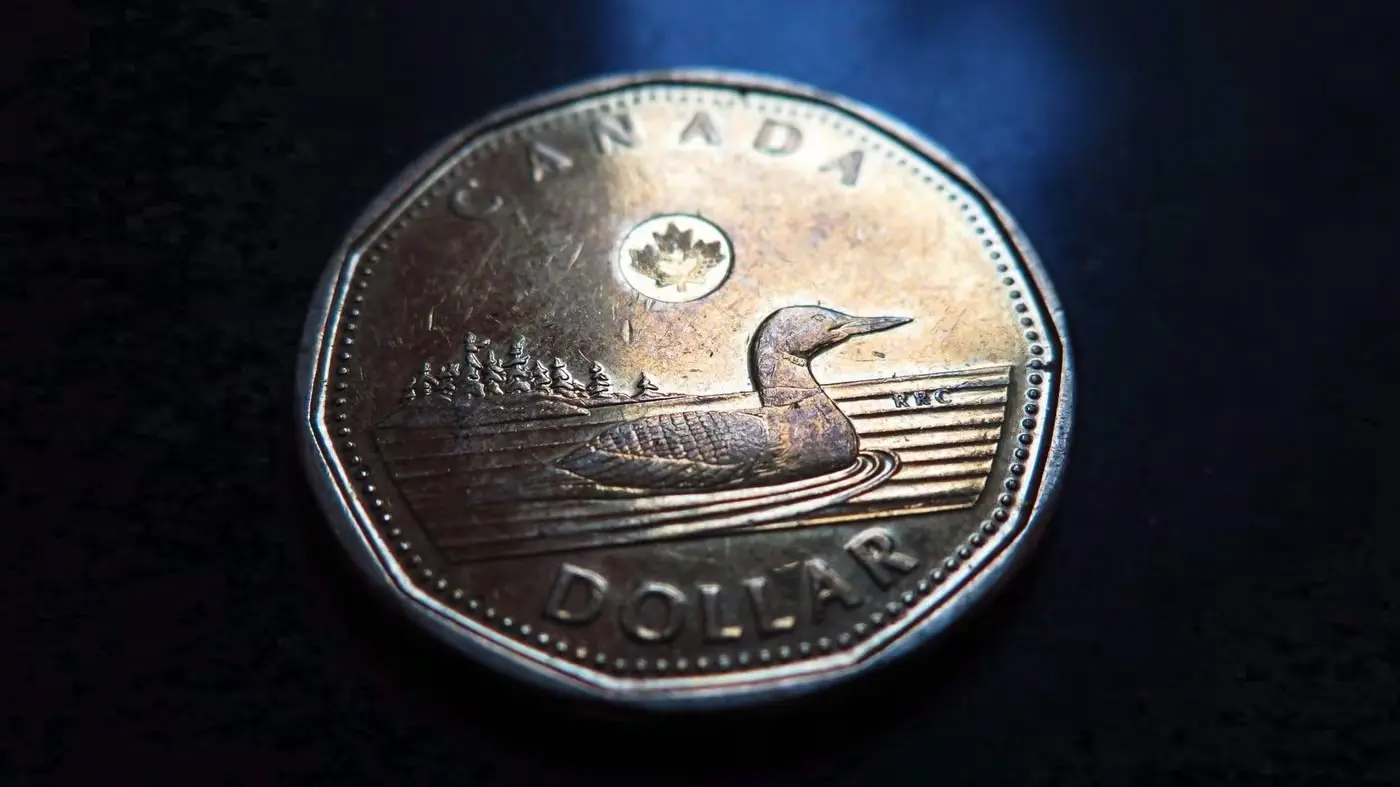Latest Ads
-
Jasmine Jewel
Call
-
Omidan group
Call
-
Amir Madanpour
Call
-
Dimo studio
Call
-
Yorkacademy
Call
-
Maryambagheri
Call
-
Shishlix Restaurant
Call

Loonie ‘actually strengthening’ amid unusual market moves: FX strategist
Sean Osborne, chief currency strategist at Scotiabank, gave his analysis of the Canadian dollar and the outlook for the U.S. dollar in an interview with BNN Bloomberg.
He said he expects the Canadian dollar to trade in the 72-cent range by the end of the year, and the currency is currently in that range.
Osborne explained that the markets are in “unusual” conditions. He said that recently, we have seen a general weakness in U.S. assets, including stocks, bonds and the U.S. dollar itself.
“This is usually rare in the markets,” he continued. “Because when the stock market weakens, the U.S. dollar usually strengthens as a safe-haven asset. But this week we have seen the opposite.”
Osborne said the unusual trend is especially important for Canadian investors who have dollar-denominated portfolios. “When the stock market falls, the appreciation of the U.S. dollar usually offsets some of the losses,” he added. “But that hasn’t happened in the current environment, and the Canadian dollar is strengthening instead. That makes the decline in dollar-denominated stocks more noticeable for Canadian investors (if they haven’t hedged their currency risk).”
He predicted that in the short term, the Canadian dollar could strengthen a bit. On Friday evening, the Canadian dollar was trading around 73 cents.
“We have been predicting that the Canadian dollar will end the year in the 72 cent range, but we are currently at about that level. In the short term, it looks like the Canadian dollar will strengthen a bit more, which is a reflection of the overall weakness of the U.S. dollar in the market.”
He said that in recent weeks, we have seen a significant shift in market expectations regarding the outlook for the U.S. dollar and, consequently, the Canadian dollar. “It looks like we’re entering a new range for the Canadian dollar in the short term, which could fluctuate in the 72-74 range,” he added.
Osborne also noted that in the past, the weakness of the U.S. dollar has usually been due to major structural challenges that have occurred over the past 30 to 40 years, particularly issues like budget deficits. “Large budget deficits tend to worry investors, and in the 1980s and particularly the early 2000s, the story of the twin deficits (budget deficit and current account deficit) was a major factor in the weakness of the U.S. dollar,” he said.
Source
Suggested Content
Latest Blog
Login first to rate.
Express your opinion
Login first to submit a comment.
No comments yet.


































